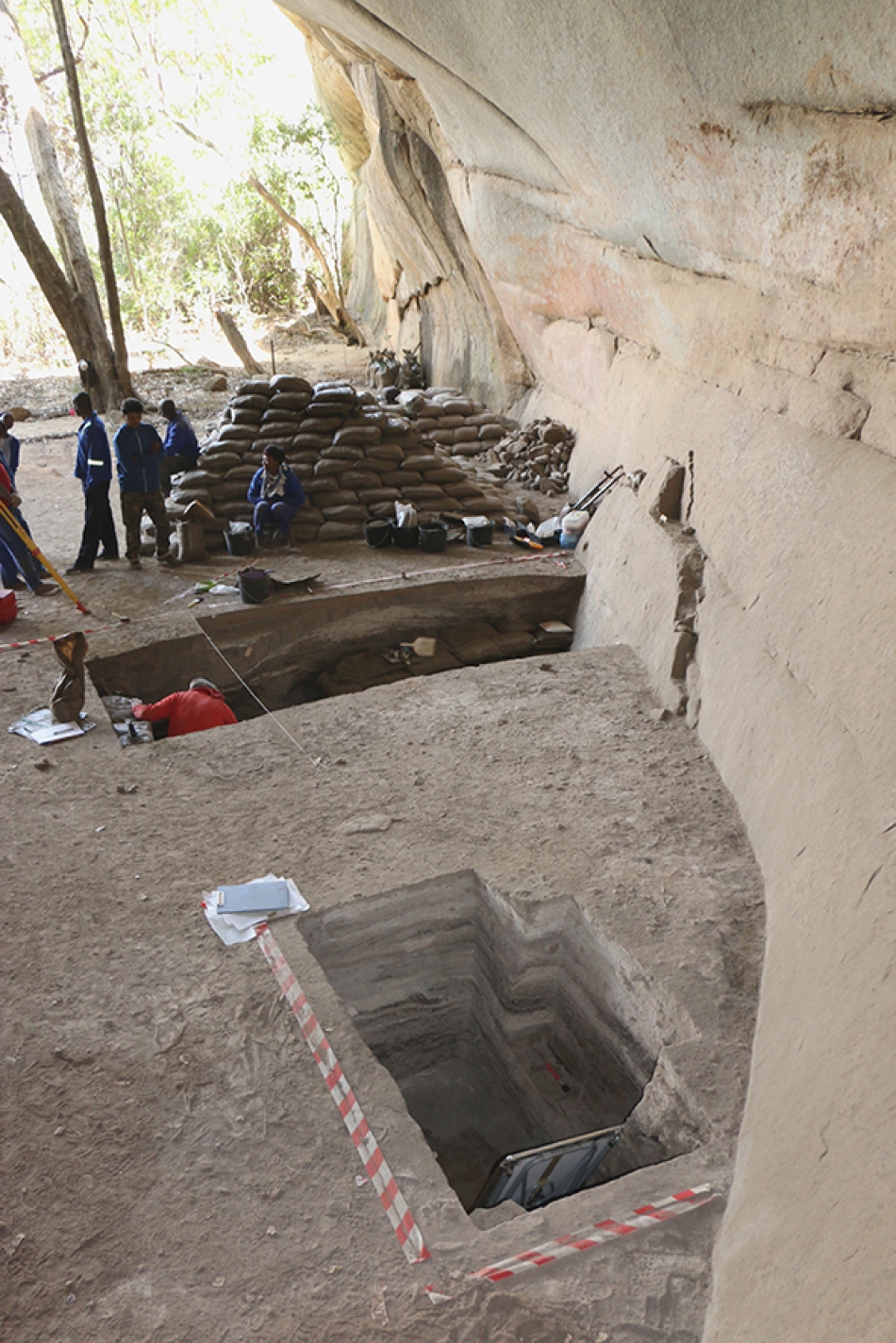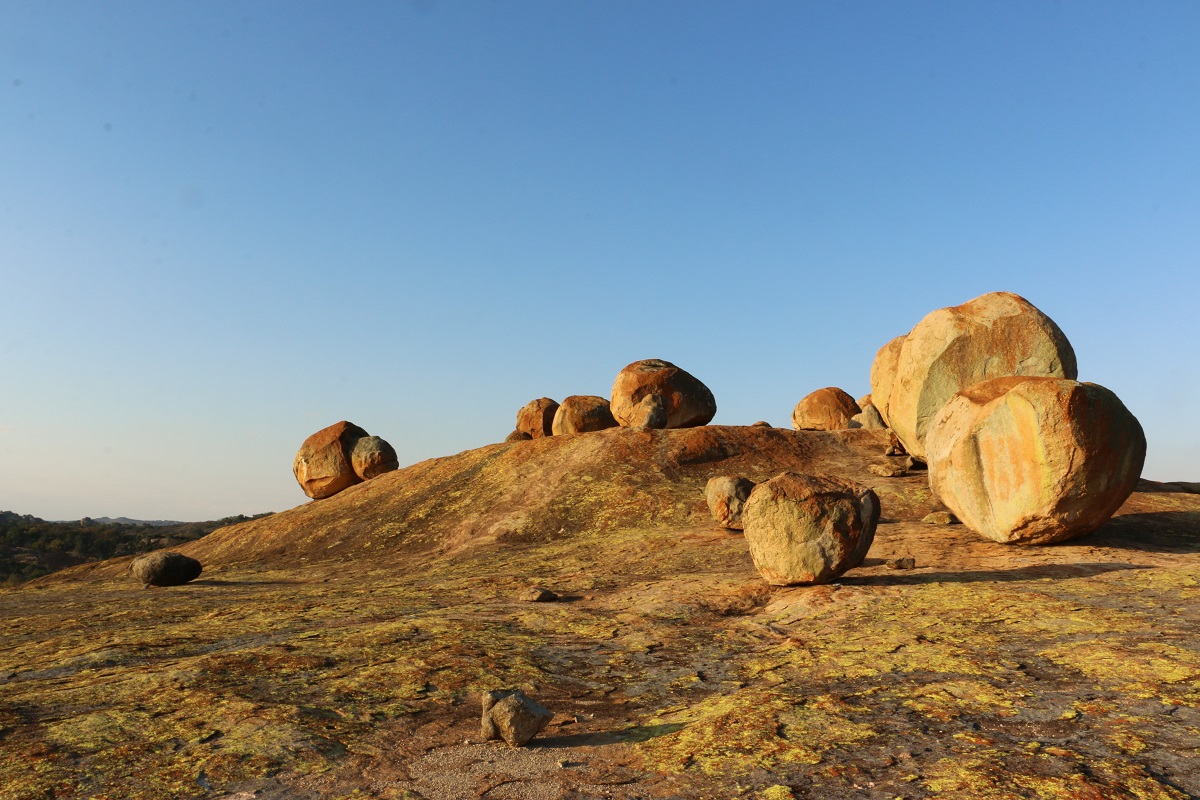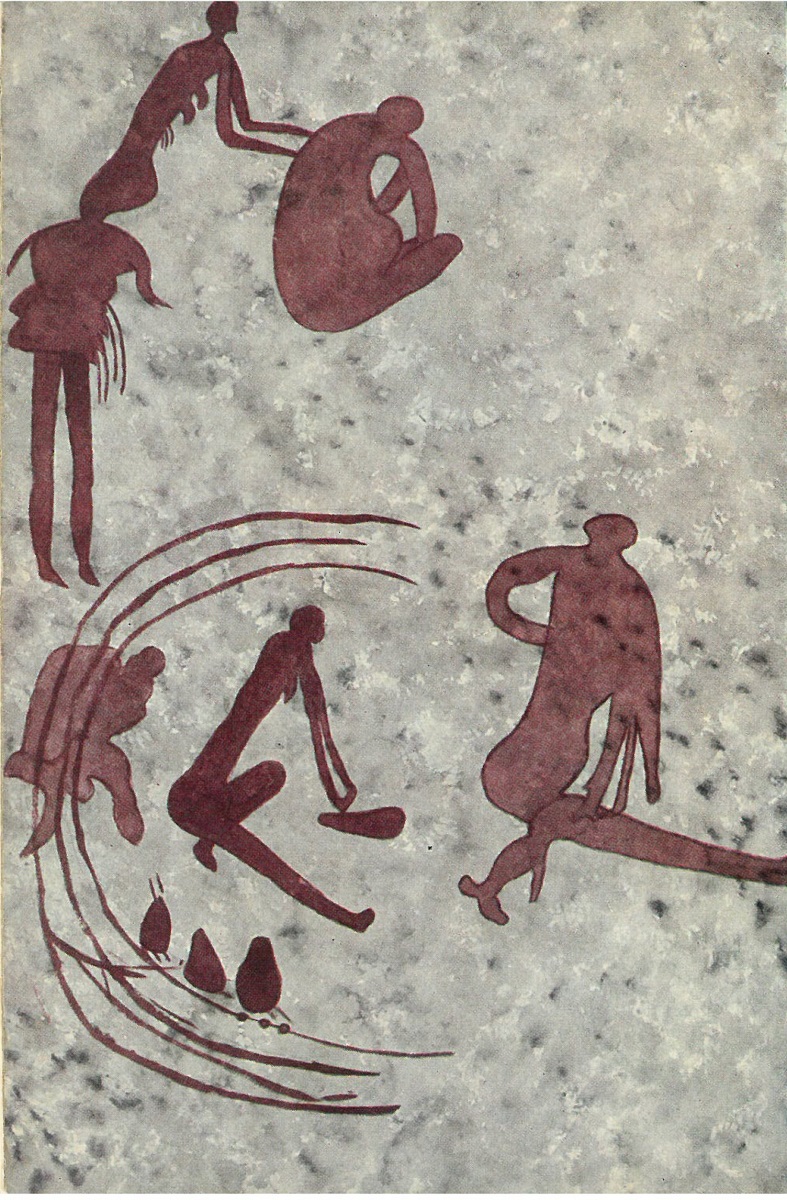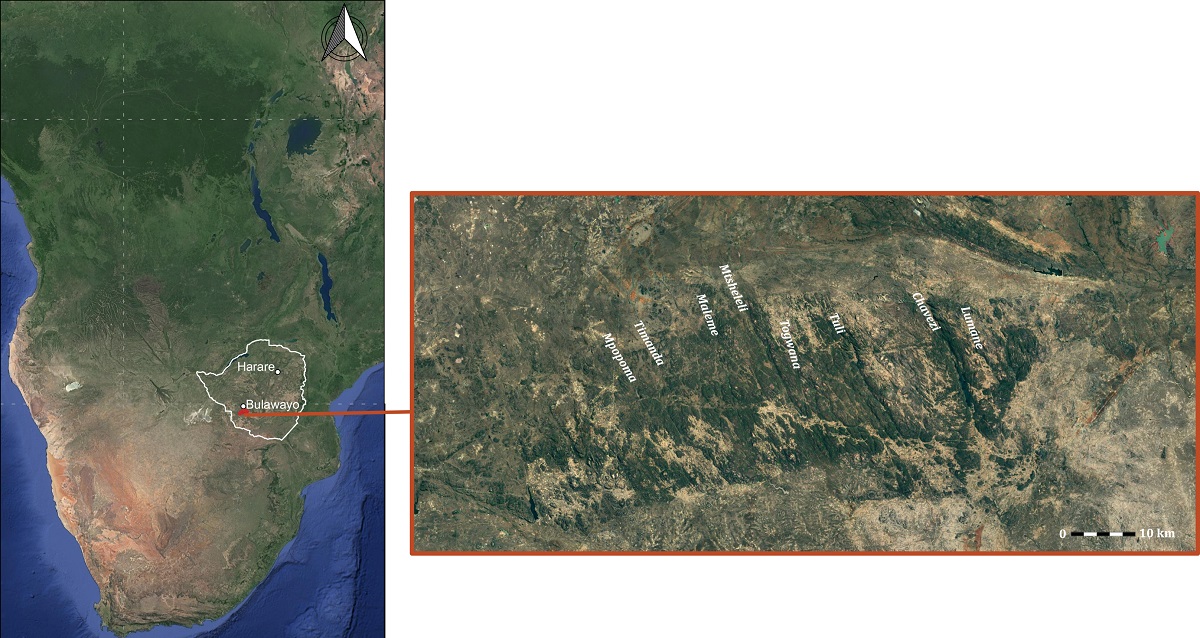Thanks to a long history of research, and exceptional archaeological records, Matobo is one of the premier places for Stone Age research in southern Africa. Still, it is lagging behind other regions due to the absence of absolute chronology, detailed technological analysis, and geoarchaeological studies. Dating and chronological sequencing of the rock art, in particular, have remained key outstanding issues, in Matobo as more broadly in southern Africa (Nhamo and Bourdier, 2019; Porraz et al., to be published).
Since 2017 the interdisciplinary research program MATOBART (coordinated by Bourdier, Machiwenyika, Nhamo, Porraz) is reinvestigating the Matobo Hills with the ambition to revise and precise the Stone Age cultural dynamics, combining rock art and the other spheres of material culture (Bourdier, 2019). Laureate of the Institut Universitaire de France and the French Académie des Inscriptions et Belles-Lettres, and supported by the Ministère de l’Europe et des Affaires Étrangères, it associates French and Zimbabwean institutions in Archaeological Research and Heritage – Université Toulouse Jean Jaurès, CNRS, University of Zimbabwe, National Museums and Monuments of Zimbabwe, Ministère de la Culture – together with other scientific partners from Germany, Norway, and South Africa.
MATOBART tackles two central issues in rock art studies: age and conditions of beginning, and change and continuity through time. It aims: 1) To build up a refined rock art stylistic sequence through techno-stylistic analysis; 2) to provide new chronological milestones, mostly by crossing rock art with ground archaeology; 3) to integrate this chrono-stylistic sequence in an updated chrono-cultural sequence, comprising the re-evaluation of the equipment, production and the diet strategies. It is based on new cross-investigations of the rock paintings and the archaeological sequences of two sites: Pomongwe Cave on which research has focused so far, and Bambata Cave (Bourdier et al., 2020; Porraz et al., 2020). It combines field missions (rock art tracings, excavations), the re-examination of collections from previous excavations (painted spalls, pigments, painting equipment, lithics, bone industry, fauna) stored at the Zimbabwe Museum of Human Sciences in Harare, and new dating.
Rock art recording comes with the taphonomic study of the walls in order to distinguish paint remains from various coloured alteration deposits (Bourdier et al., 2020). This includes physico-chemical analysis of coloured micro-samples in laboratory. At Pomongwe Cave, the identification of several alteration processes has led to sanitary recommendations which would hopefully enhance the preservation of the paintings. To correlate the rock paintings with the archaeological layers, rock art recording focused on two sections, above former Cooke’s Trench I and Walker’s Trench V (Cooke, 1963a ; Walker, 1995). Dozens of unpublished motifs have been identified, including animals, humans such as a dancing scene, and two formlings (Dudognon et al., 2021). Two red paint recipes have been characterized – one ochre-based, the other hematite-based – either on the walls and on the spalls from Walker’s collections. But relating the spalls to their original assemblage remains challenging due to the rich accumulation of successive painted assemblages through time.
Trench I and Trench V were re-opened in 2018 to check the previously defined archeo-stratigraphic sequences, and to collect samples for geomorphological and paleoenvironmental reconstructions, and dating (Porraz et al., to be published). In Trench I, preliminary observations confirm Cooke’s main observations with an upper “LSA” sequence finely stratified, and a lower “ESA and MSA” more coarsely stratified with occasionally white ash-like features. In line with Walker’s descriptions, Trench V profiles showed a relatively horizontal stratigraphy with alternating combustion events and rich concentrations of organic material.
Studies are on-going. Recently the issue of Matobo LSA cultural dynamics has been broadened to the rock art landscapes (Jobard, 2020). Indeed MATOBART aims to impulse a long-lasting scientific collaboration between France and Zimbabwe on Stone Age archaeology in which academic and professional training is a crucial dimension. Excavations and rock art tracings act as training fields, rock art and material studies feed Masters and Doctoral researches in several universities.
(Camille Bourdier, Ancila Nhamo, décembre 2022)
















